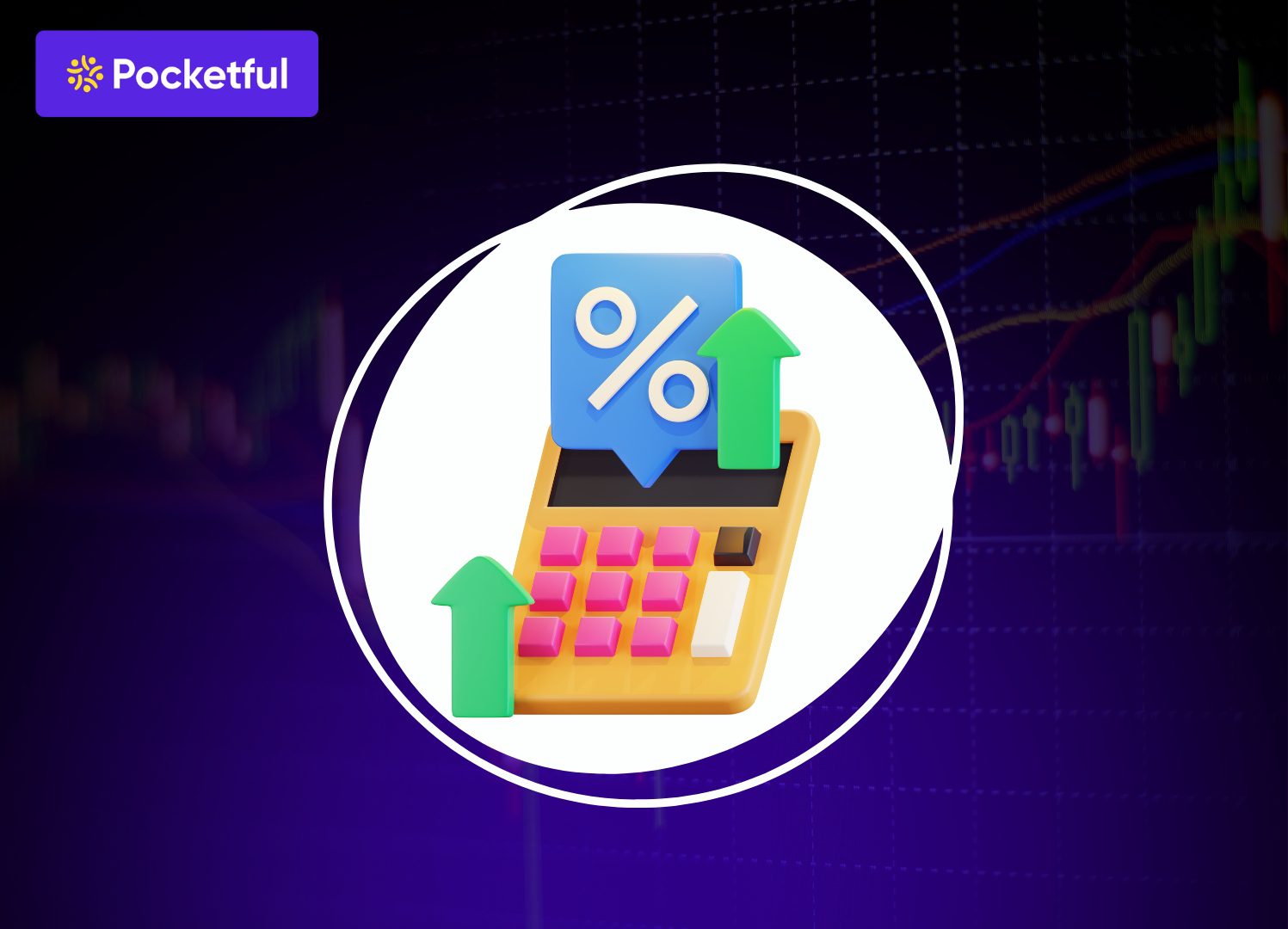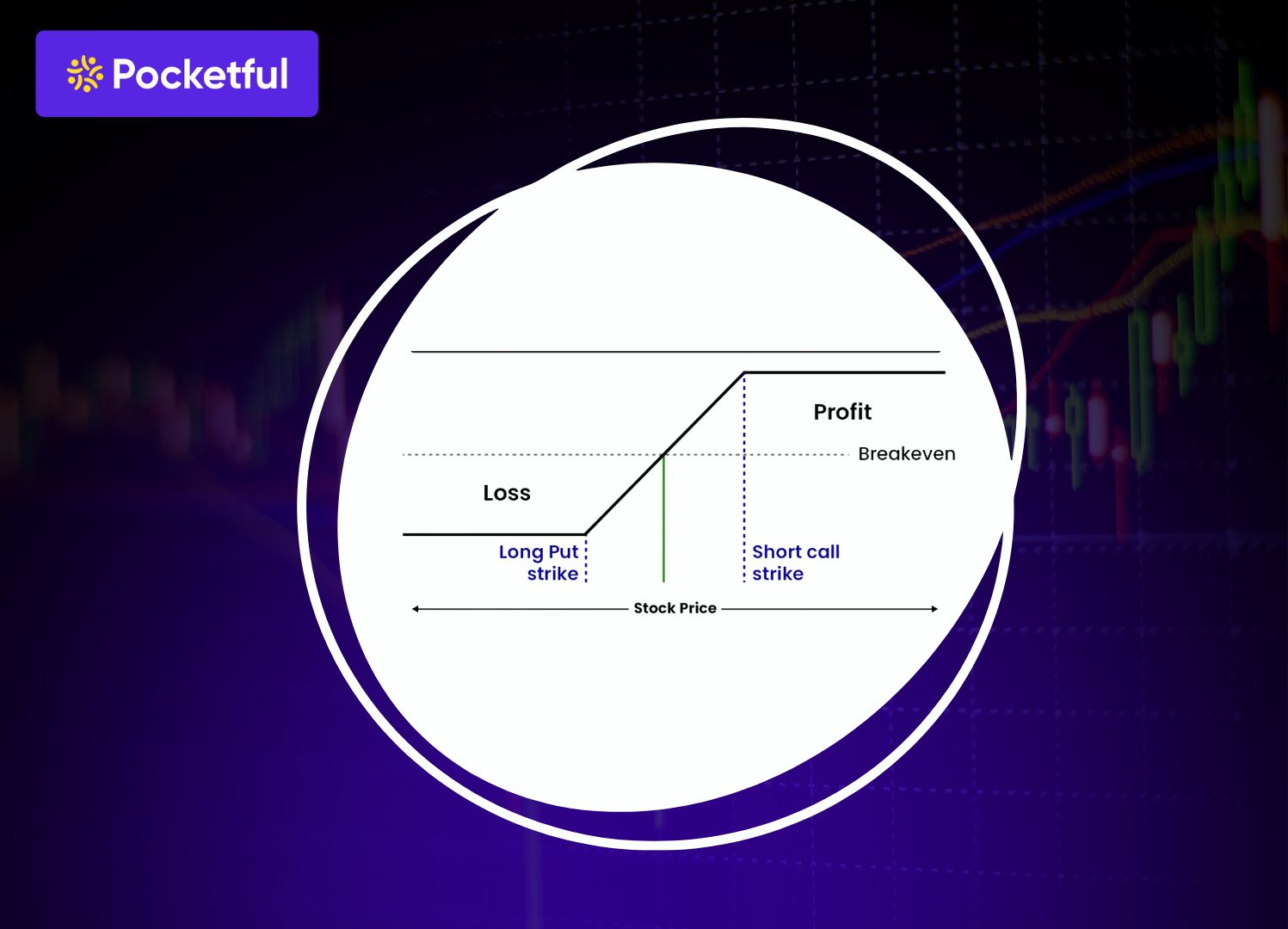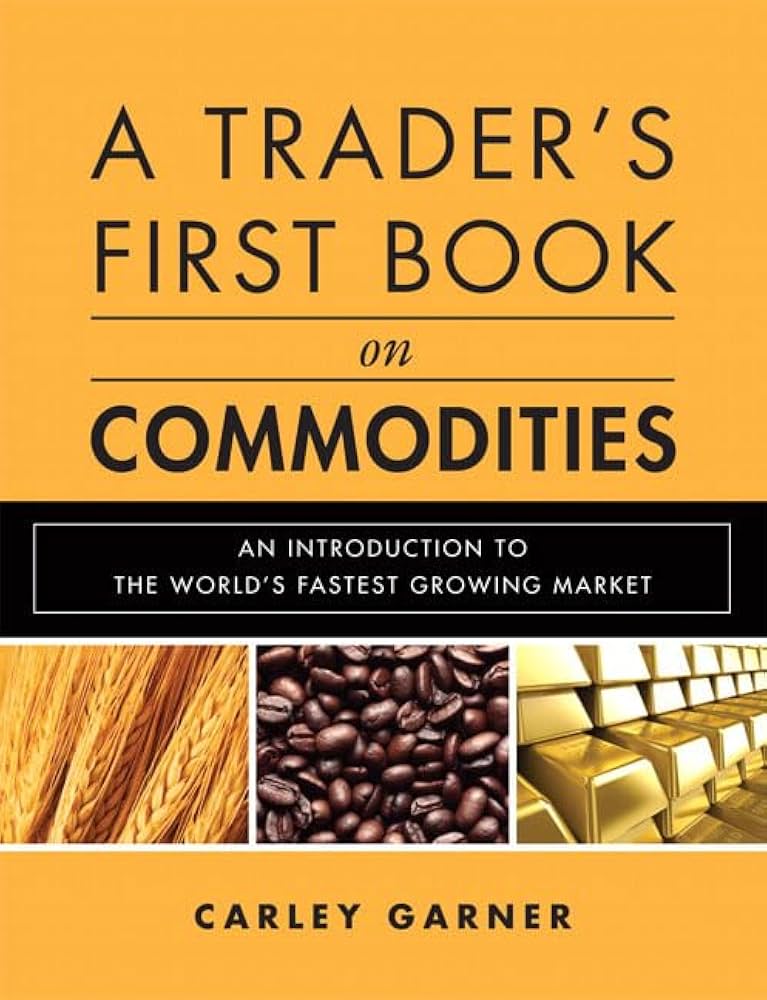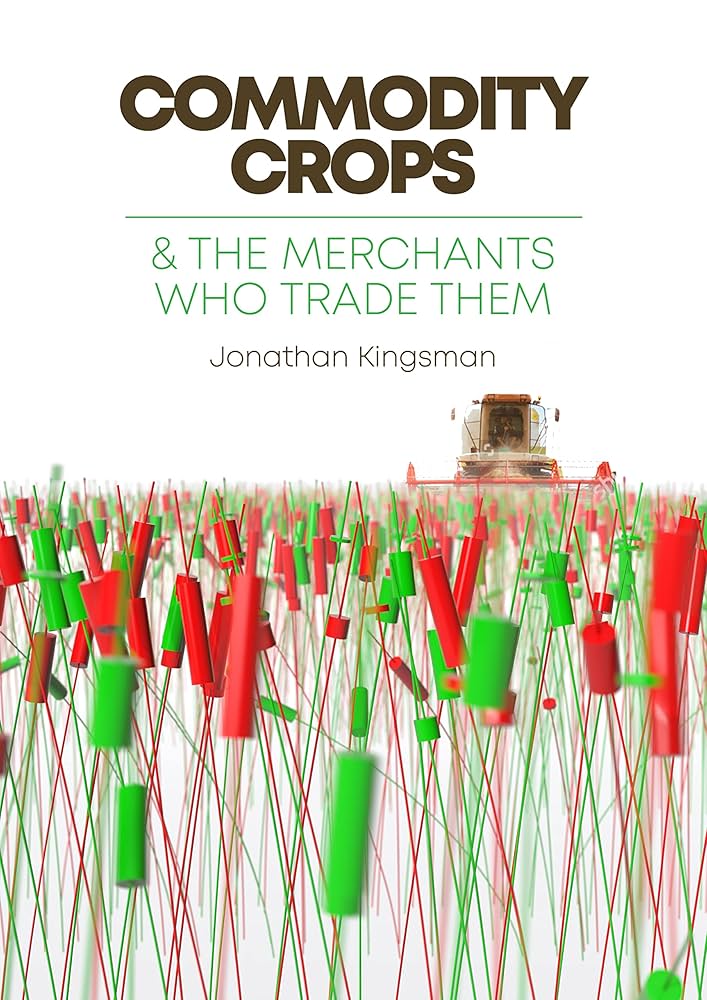If you trade in F&O i.e. futures and options, then it is very important for you to understand the F&O turnover calculation. It is not only necessary for income tax filing, but it also determines whether you have to get a tax audit done or not. Often people get confused about how to calculate F&O turnover, or whether premium should be included in option turnover calculation or not.
In this blog, we will explain to you in simple language how the turnover is calculated for intraday trading and F&O trading, and how it can be calculated correctly.
What is F&O Turnover in Trading ?
F&O turnover means the total absolute value of profit and loss in futures and options trading, that is, the figure obtained by adding the profits and losses in all the trades done in the whole year without any plus or minus. From the point of view of income tax, F&O trading is considered non-speculative business income, so knowing its turnover is important for many tax related matters – such as the need for tax audit, choosing the right ITR form and taking advantage of the presumptive scheme under section 44AD.
For example, suppose you made two deals in futures trading – the first one resulted in a profit of ₹30,000 and the second one resulted in a loss of ₹20,000. In such a case, the turnover will be considered as ₹50,000 (₹30,000 + ₹20,000). Here only the absolute value is taken, that is, the loss is also added by adding plus.
If we talk about option trading, then along with the absolute value of profit and loss, the premium of the option sold is also added to the turnover. For example, if you sold an option at a premium of ₹ 50 and incurred a loss of ₹ 1,500, then the total turnover will be considered as ₹ 1,550. However, many brokers already add the premium to the P&L in their reports, so it is important to read the report carefully before adding it again.
Segment-wise calculation for F&O turnover?
Calculating turnover is an important process in F&O or Futures & Options trading, especially when you have to decide whether you need to get a tax audit done or not. The method of calculating turnover is different for each segment Futures, Options, and Intraday. Its complete information is given below:
How to Calculate Turnover in Futures Trading?
To calculate turnover in the Futures segment, all the profits and losses of the year have to be added to the absolute value. That is, whether it is profit or loss, both are considered positive and added.
Formula : Futures Turnover = Absolute Profit of all trades + Absolute Loss
Example: If there is a profit of ₹ 40,000 in one trade and a loss of ₹ 25,000 in the other, then the turnover will be ₹ 65,000.
| Trade Number | Profit/Loss | Calculation (Absolute Value) |
|---|---|---|
| Trade 1 | ₹40,000 Profit (+) | ₹40,000 |
| Trade 2 | ₹25,000 loss (-) | ₹25,000 |
| Total Futures Turnover | ₹65,000 |
How to calculate turnover in options trading?
While calculating turnover in options, two things are added:
- Absolute value of all profits and losses
- Premium received from option sale (writing)
Formula : Options Turnover = Premium received on sale + Absolute profit/loss from trades
Example: If you sold an option at a premium of ₹120,000 and Trade 1 : ₹10,000 profit Trade 2 : ₹5,000 loss, then the total turnover will be ₹135,000.
| Trade Details | Profit/Loss | Calculation (Absolute Value) |
|---|---|---|
| Premium received on sale | ₹1,20,000 | ₹1,20,000 (premium received on option sold) |
| Trade 1 | ₹10,000 Profit (+) | ₹10,000 |
| Trade 2 | ₹5,000 Loss (-) | ₹5,000 |
| Total Options Turnover | ₹135,000 |
Calculation of F&O turnover in intraday trading
If you have bought and sold Futures or Options in a single day (Intraday), then it is considered a speculative trade. In such a situation, while calculating turnover, the profit and loss of all trades have to be added to the absolute value.
Example: ₹6,000 profit and ₹3,000 loss – turnover will be ₹9,000.
How to calculate turnover in intraday trading?
Intraday trading, i.e. when you buy and sell shares on the same day (do not take delivery), the method of calculating turnover is slightly different. Here also, not net profit/loss but absolute value is added.
Intraday Turnover = Absolute Profit + Absolute Loss of all trades
| Trade Details | Profit/Loss | Calculation (Absolute Value) |
|---|---|---|
| Trade 1 | ₹5,000 Profit (+) | ₹5,000 |
| Trade 2 | ₹3,000 Loss (-) | ₹3,000 |
| Trade 3 | ₹2,000 Profit(+) | ₹2,000 |
| Total Turnover | ₹10,000 |
F&O Turnover calculation for Income Tax Filing
F&O or Futures & Options trading is considered non-speculative business income. This means that if you make a profit or loss in F&O, then it has to be shown as business income in the income tax return for this, ITR-3 form is usually filled.
When is a Tax Audit necessary?
| Turnover (annual turnover) | What is your declared profit? | Is audit necessary or not? |
|---|---|---|
| ₹10 crore or less | Profit is 6% or more (in digital transactions) | No audit required |
| ₹10 crore or less | Profit is 8% or more (in cash transactions) | No audit required |
| ₹10 crore or less | Profit is less than 6%/8% or there is continuous loss | Audit is mandatory (Section 44AB applicable) |
| Above ₹10 crore | Irrespective of the profit | Audit is necessary in all circumstances |
“F&O turnover is below ₹2 crore, and you declare profits of at least 6% or more of turnover under Section 44AD.
If Turnover is between ₹2 Crore and ₹10 Crore and more than 95% of transactions are digital, a tax audit is not necessary, regardless of profit or loss (Section 44AB).
– In these two cases audit is not required”
Common Mistakes in F&O Turnover Calculation
While calculating F&O turnover, many traders make some important mistakes, which can later create problems in income tax filing. Due to lack of correct calculation, there is not only the risk of filling the wrong ITR form, but an audit may also be required.
- Considering contract value as turnover: Many people assume that the entire contract value of futures or options is their turnover. Whereas in reality, only profit or loss (which has actually occurred) is added for turnover calculation.
- Ignoring option premium: It is necessary to include the premium received on options sold in the option turnover calculation. Just taking the difference of buy/sell price is not enough.
- Excluding loss transactions from calculation: Traders often focus only on profit and ignore losses. Whereas in F&O turnover calculation, both profit and loss have to be added in the absolute value.
- Choosing the wrong ITR form: Due to incorrect calculation of turnover, many times traders choose the wrong ITR form, like filling ITR-2 or ITR-4 instead of ITR-3, which may later lead to a notice.
Real-Life Scenarios: How Traders Handle Turnover Calculation
Every trader has a different trading strategy, some trade less frequently, some trade high volumes daily. These habits determine the calculation of turnover and the requirement for a tax audit. Below are some real-life cases that will help you understand turnover.
Case 1: Low Volume F&O Trading
If a few F&O trades are made on a monthly basis and the total turnover is less than ₹10 lakh and the profit is also below the basic exemption limit, then a tax audit is not required. The return can be filed easily through ITR-3 form.
Case 2: High Volume Intraday + F&O
If intraday or option trading is done on a daily basis and the turnover reaches ₹2 crore or more, then tax audit becomes mandatory irrespective of how low the profit is as the turnover threshold has been crossed.
Case 3: High Premium Income from Selling Options
If option selling is done on a regular basis, and a premium of lakhs of rupees is generated from it, then that entire premium is counted in the turnover. Due to this, the turnover limit can be exceeded quickly, and in such a case also it becomes necessary to get an audit done, irrespective of the actual profit or loss.
Conclusion
A correct understanding of F&O turnover is not only important while filing taxes but is also crucial for transparency and long-term compliance of your trading activities. Whether you are doing intraday trading or dealing in options, ignoring turnover calculations can prove costly. Hopefully this guide has given you clear and updated information so that you can do tax planning with confidence and avoid mistakes while filing income tax returns. Correct calculation is the first step towards correct taxes and a strong financial plan.
Frequently Asked Questions (FAQs)
What is F&O turnover in income tax?
F&O turnover includes profit/loss of closed trades and sale value (premium) of options.
Is audit required for F&O turnover?
Yes, if annual turnover exceeds ₹10 crore or if profit is less than 6%/8% of turnover (depending on digital transaction percentage).
How to calculate F&O turnover for ITR?
Turnover is calculated by adding premium received of options and profit/loss of closed trades.
Which ITR form for F&O trading?
ITR-3 is mandatory as F&O income is classified as non-speculative business income.
Is F&O income a business income?
Yes, it is considered as non-speculative business income.




















